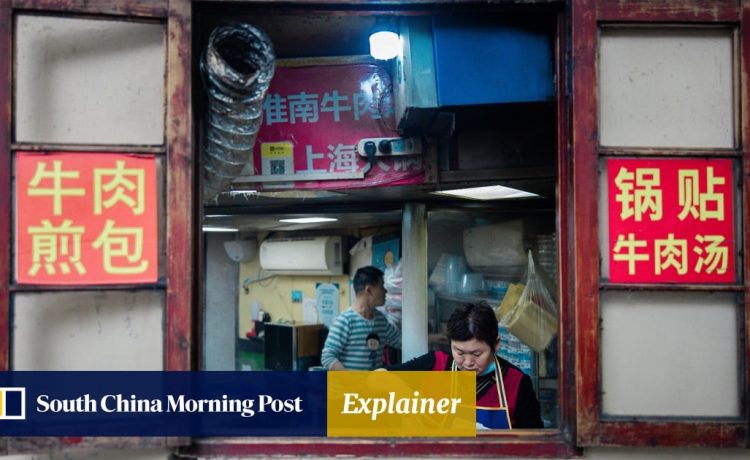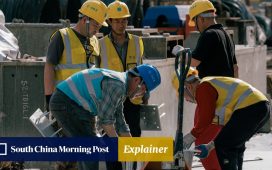
“On the other hand, the headline manufacturing [official] PMI moderated a touch while the Caixin manufacturing PMI accelerated, driven by improved external demand in the latter, while profit margins may be showing some signs of pressure.”
Within the official manufacturing PMI, the subindex gauging new orders dropped to 51.1 from 53 in March, while the new export order subindex fell to 50.6 from 51.3, indicating that demand has not yet been fully consolidated.
“The expansion of [the official] manufacturing PMI for a second consecutive month reveals growing confidence about the consolidation of economic momentum. In particular, export orders continue to expand, which may be a combined result of global manufacturing activities stabilisation, electronics cycle recovery and increased efforts by exporters to tap into new markets,” said Junyu Tan, regional economist for North Asia at Coface.
“But the underlying subindices still point to persisting supply-demand imbalances and lingering deflationary pressures.”
2. Services ‘still in a state of expansion’
Analysts said that the expansion of China’s official non-manufacturing PMI was mostly held back by a softer expansion in services, while construction acceleration remained elevated.
China’s official non-manufacturing PMI – a measurement of sentiment in the service and construction sectors – stood at a three-month low of 51.2 in April compared to 53 in March.
The gauge marked a fifth straight month of expansion, with the construction subindex rising slightly to 56.3, while the services subindex fell to 50.3.
“Further breakdown shows a moderation of services activities as pent-up demand for travel and gatherings have been fading since the Chinese New Year holiday,” said Tan at Coface.
“Construction activity remains underpinned by ongoing policy support for infrastructure investment, but momentum in the coming months could be pressured by the slow pace of local government bond issuance and a still muted commercial property investment.”
“Improved market demand drove a continuous increase in supply. Business activity and total new orders both grew for the 16th straight month, with the latter increasing at the fastest pace since May last year, indicating a solid resurgence in demand,” said Wang Zhe, senior economist at Caixin Insight Group.
3. Composites remain in expansion
The official composite PMI – a combination of the manufacturing and non-manufacturing indices – fell to 51.7 in March from 52.7 in March.
The official composite PMI remained above the level it has averaged since the middle of last year, according to Capital Economics.
Meanwhile, the Caixin/S&P’s composite PMI rose to 52.8 last month from 52.7 in March, marking the fastest pace since May in 2023.
“Growth in supply and demand in the manufacturing and services sectors picked up pace, with outstanding export growth. Overall market optimism was maintained,” Wang said.
4. ‘Downside risks remain’
Analysts at Capital Economics said the PMI results were consistent with some improvement in momentum since the start of the year.
“We think the ongoing cyclical recovery will persist in the short term, largely on the back of budgeted fiscal support,” they said.
“But there are plenty of downside risks, including the threat of foreign trade barriers, a deeper downturn in property construction and a pullback in off-budget local government spending on infrastructure.”
Xin at HSBC said China PMIs showed “mixed signals”, but that more focus should be placed on the revival of domestic demand.







